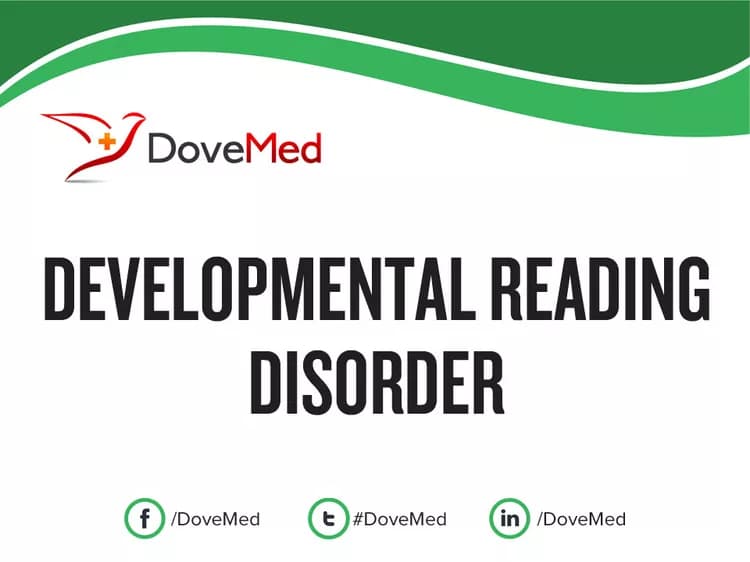The topic Developmental Reading Disorder you are seeking is a synonym, or alternative name, or is closely related to the medical condition Dyslexia.
Quick Summary:
- Dyslexia is the most common learning disability among children. It is also known as Developmental Reading Disorder. It is believed to be the world’s most prevalent language-based learning disability
- It is a neurological language processing disorder that hinders an individual’s ability to read, write, and spell. Dyslexia can vary in levels of severity, but is not a sign of poor intelligence
- The child may have difficulty spelling words, trouble following rapid instructions, reading difficulties, and seeing letters or words in reverse (as a mirror image). Dyslexia could cause complications such as poor ‘reading aloud’ skill, difficulty comprehending words, slowed vocabulary growth, difficulty expressing oneself during a conversation, and affect one’s social-emotional development
- Even though there is no cure for Dyslexia, many methods are available to help manage the symptoms and improve the quality of one’s life
- The condition can range from mild to severe and its prognosis varies from one individual to another. However, with early identification and suitable training, nearly 90% of the affected children are able to learn and study alongside other children, in a regular classroom setting
Please find comprehensive information on Dyslexia regarding definition, distribution, risk factors, causes, signs & symptoms, diagnosis, complications, treatment, prevention, prognosis, and additional useful information HERE.
Related Articles
Test Your Knowledge
Asked by users
Related Centers
Related Specialties
Related Physicians
Related Procedures
Related Resources
Join DoveHubs
and connect with fellow professionals


0 Comments
Please log in to post a comment.